Introduction to British vs American Vocabulary Differences
If you teach, study, or work with international teams, you’ll quickly notice that English changes across the Atlantic. We might share a language, but we don’t always share the same words.
This practical guide to British vs American vocabulary shows the most frequent UK vs US words, explains common patterns, and gives classroom-ready examples you can use straight away. It’s a clear, teacher-friendly reference for learners who want to avoid misunderstandings and master real English vocabulary differences.
Join over 500+ learners
Join the community for free resources and other learning opportunities.
No spam — only valuable English learning content.
Why These Differences Matter
Small changes in vocabulary can affect clarity, tone, and even professionalism. Choosing lorry instead of truck, or holiday instead of vacation, signals where your English is anchored and who your audience is. For exams, business writing, and brand consistency, it’s helpful to pick one variety and use it consistently.
Quick tip for teachers: State your course standard at the top of the term (e.g., “We use British English on this course”) and model it in all materials.
How to Use This Guide
- Scan by topic: We’ve grouped words thematically and placed British (UK) and American (US) options side-by-side.
- Note collocations: Some words sit in common phrases (e.g., petrol station vs gas station).
- Be consistent: In formal writing, avoid mixing varieties.
1. Everyday Objects & Clothing
Everyday life is full of small items that reveal big British vs American vocabulary differences. From what you wear to what you throw away, many everyday words change across the Atlantic. This list covers the most common clothing and household terms that often surprise English learners.
2. Transport & Travel
When it comes to getting around, the road to clear communication can be bumpy. British and American speakers use different words for cars, roads, and public transport. This section helps you master the key UK vs US words you’ll need when travelling or reading signs abroad.
3. Food & Everyday Life
Food brings people together, but vocabulary can still divide them! Getting mixed up while ordering chips or fries, biscuits or cookies, is easy. This list highlights the most frequent English vocabulary differences related to food, cooking, and eating out.
4. Home, School & Work
Where you live to how you study and work changes between British and American English, each with their own everyday expressions. Let's compare the most useful British vs American vocabulary for homes, classrooms, and offices so you can sound natural in any environment.
Same action, different word
Even everyday actions like bathing, queuing, or posting a letter can show how English changes across regions. You’ll find common verbs that differ between British and American English. Here are some with simple examples that make it easy to remember and use the right form in context.
Spelling Patterns You’ll Notice
Although I've focused on vocabulary in this article, learners will also meet -our / -or, -ise / -ize, and -re / -er patterns:
- colour (UK) / color (US)
- organise (UK) / organize (US)
- centre (UK) / center (US)
- licence (noun, UK) vs license (US noun & verb)
- aluminium (UK) / aluminum (US)
Classroom & Self-Study Tips
Choose your variety
Pick British or American English for formal tasks and stick with it. As a British native, I will of course encourage BrE (British English)😊 🇬🇧 but both are totally fine.
Build mini sets
Study words in topical sets (e.g., transport, food). Retrieval improves when words are grouped by context.
Practise in sentences
Swap in the regional word as a drill:
- We stopped at the petrol station / gas station.
- Put the suitcase in the boot / trunk.
Summary & Next Steps
British vs American vocabulary differs most obviously in everyday items, food, transport, and home life.
Learn the high-frequency pairs first, practise them in short sentences, and use them consistently with your audience. You’ll avoid confusion, sound more natural, and write with confidence.
Explore more guides in our Vocabulary cluster, and keep building your bank of high-impact words and phrases.
Glossary Section
- variant (n.) — a regional form of the language (e.g., British or American English).
- register (n.) — the level of formality in language use.
- collocation (n.) — words that commonly appear together (e.g., petrol station, gas station).
- consistency (n.) — using the same variety and formats across a text.
- lexis (n.) — the vocabulary of a language or field.
Practice what you learned!
Questions
- Multiple choice: Which pair is correct?
A) pavement / sidewalk B) trousers / closet C) lorry / trunk D) crisps / fries - True/False: Holiday (UK) usually corresponds to vacation (US).
- Short answer: Write a British and an American version of this sentence:
“Put the suitcase in the ____ of the car.” - Multiple choice: Which American word matches British jumper?
A) pants B) sweater C) vest D) jacket - Gap fill: Complete with UK or US vocabulary:
“We checked the train ______ / ______ and caught a return / round-trip to Manchester.”
Answers
- A — pavement / sidewalk
- True
- UK: boot; US: trunk
- B — sweater
- timetable / schedule and return / round-trip
Join over 500+ learners
Join the community for free resources and other learning opportunities.
No spam — only valuable English learning content.
